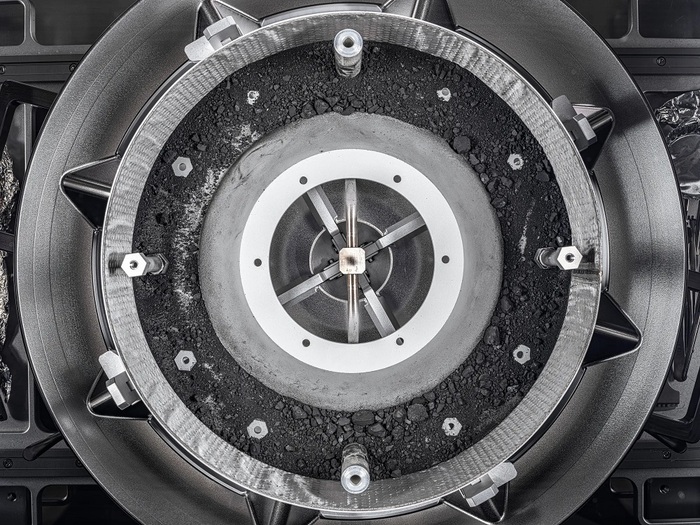- Click to share on Facebook (Opens in a new window)
- Click to share on Twitter (Opens in a new window)
- Click here to share on LinkedIn (Opens in a new window)
- Click to email a friend (Opens in a new window)
(CNN) - Between 2015 and 2019, researchers discovered 31 new carbon minerals, most of them vividly colorful. Edscottite is one of the new least striking findings, but it is also the one that has attracted the attention of geologists.
Edscottite is one of the phases that iron passes through when it cools from a high temperature when it melts into steel. But the Edscottite discovered in a small meteorite and officially named this year is the first to emerge in nature.
The Wedderburn meteorite has been sitting in the Victoria Museums in Australia since it was found nearby in 1951, and researchers have opened it to search its contents for the same time.
"We've discovered between 500,000 and 600,000 minerals in the laboratory, but less than 6,000 that nature has done for itself," Stuart Mills, senior geosciences curator at Museums Victoria, told the Melbourne newspaper The Age .
It is named after Ed RD Scott, cosmochemist at the University of Hawaii at Manoa and a pioneer meteorite researcher. He first identified the unique iron carbide in 1971 while studying the meteorite, but the technology had not advanced enough to characterize its structure.
It could have formed in space
Cal Chi and Alan Rubin researchers at UCLA examined a meteor slab and were surprised to find Edscottite under an electron microscope.
It is still unclear how it formed. Geoffrey Bonning, a planetary scientist at the National University of Australia who was not involved in the study, told The Age that he would have been expelled from the nucleus of another planet.
The hypothetical planet, he said, formed when the asteroids clustered together on a large planet. The planet warmed during its formation, and hot metal dripped into its core.
“This meteorite had a lot of carbon. And as it cooled slowly, iron and carbon joined together and formed this mineral, ”said Mills.
Eventually, the planet could have been hit by another astronomical body and destroyed, throwing debris through the solar system.
Bonning postulated that the debris became the Wedderburn meteorite. Edscottite could have been created when all that metal was heated on the ancient planet.
Meteorite







